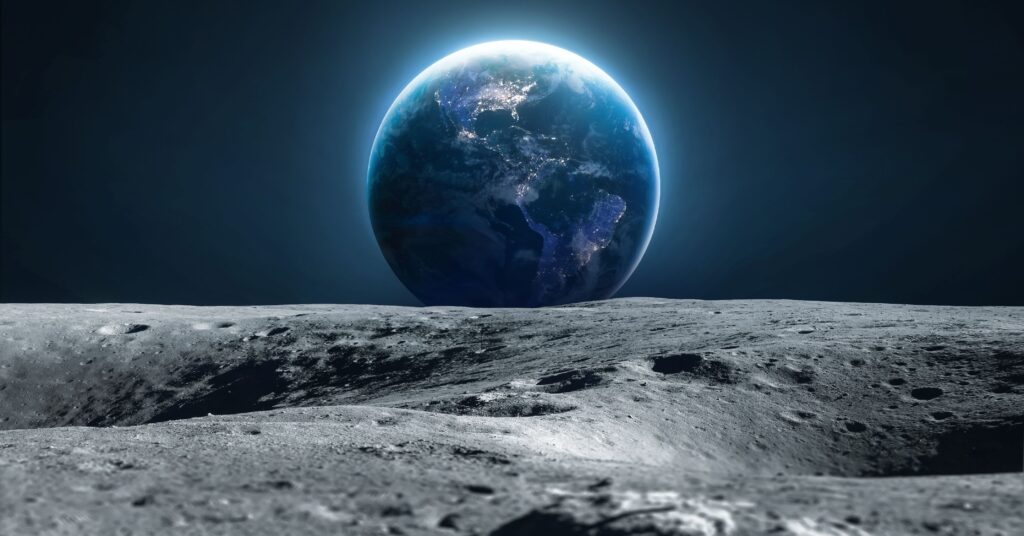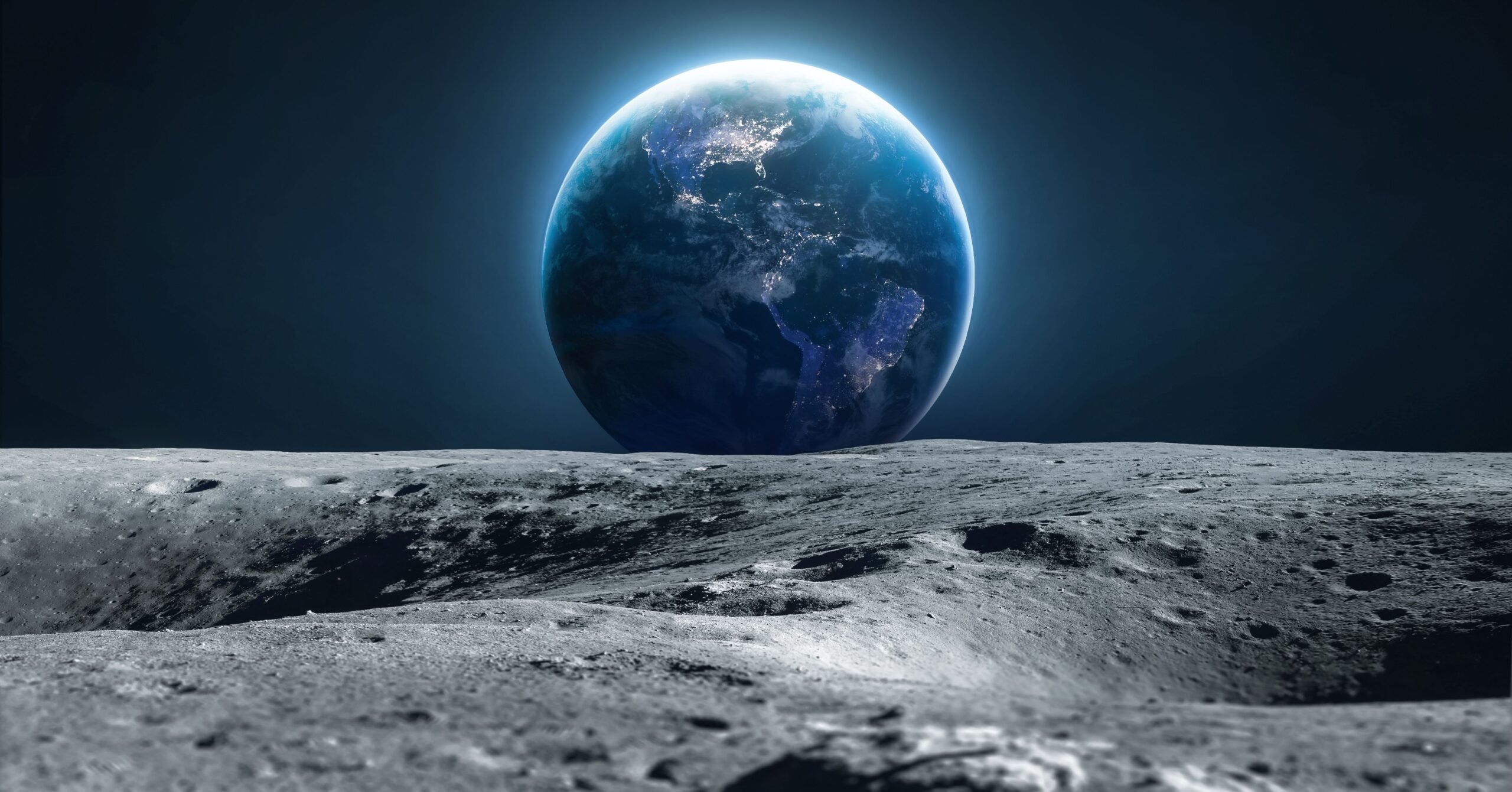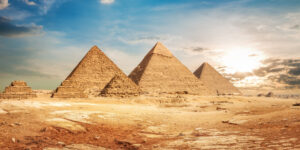Throughout the solar system, remnants of past space missions can be found, including those from Apollo 17 in 1972, the final manned lunar landing to date.
As NASA and other space agencies prepare for a return to the moon later this decade, researchers from the Kansas Geological Survey at the University of Kansas are introducing the concept of planetary geoarchaeology.
A recent study suggests that archaeologists should participate in space missions to assess how the lunar environment is affecting human artifacts left on the Moon’s surface. The study emphasizes the importance of preserving spacecraft, experiments, and any debris to better understand their interactions with the lunar conditions.
Since the beginning of space exploration, more than 6,700 satellites and spacecraft have been launched worldwide. Notably, the United States has contributed over 4,500 of these satellites.
Researchers are highlighting the urgent need for the analysis, documentation, and preservation of lunar artifacts, as these valuable items face the risk of vanishing permanently. Various countries are heightening this concern with their imminent lunar missions.
“The United States and China are both working on lunar missions, aiming to return humans to the moon. Recently, there have been at least four instances of countries unintentionally crashing into the lunar surface. This highlights a significant issue: there are numerous accidental impacts and insufficient protective measures at present,” stated Holcomb.
According to the Encyclopedia of Global Archaeology, space archaeology studies material culture related to 20th-century space exploration. Space exploration began in the 1920s, making these artifacts approximately 100 years old.
Planetary geoarchaeology is emerging as a novel branch within space archaeology. This field studies how cultural and natural processes on planets, like Earth’s moon and Mars, affect surface artifacts.
Scientists don’t consider satellites and spacecraft in orbit around another planet to be planetary geoarchaeological sites. However, if they crash or land on the surface, those locations would be eligible for classification as such.
How will experts determine which artifacts are worthy of preservation? Holcomb and his team argue that we should safeguard every piece of material found on extraterrestrial surfaces, as they represent a crucial part of the United States’ space heritage.
However, we must evaluate each case individually to sift through the vast amount of materials in space.
Holcomb notes that, given the moon’s currently limited record, it’s entirely feasible to safeguard its entire heritage. Unfortunately, resources dedicated to preserving space heritage are severely lacking.

Experts are calling for the creation of advanced tracking systems to monitor and manage space debris and materials left in orbit.
Tracking systems serve two main purposes. They document objects and assess human impact on extraterrestrial environments.
Researchers are optimistic about applying planetary geoarchaeology to Mars. Integrating geoarchaeologists into mission teams will effectively safeguard space heritage on Mars, the Moon, and across the solar system.
New Blog : Scientists Propose Moon-Base Vault to Protect Earth’s Most Endangered Animal Species







